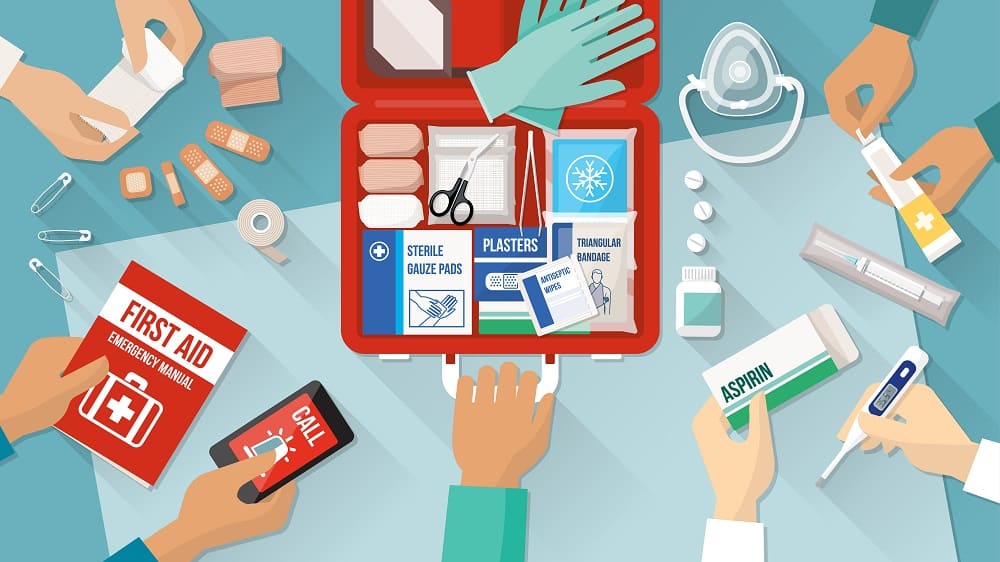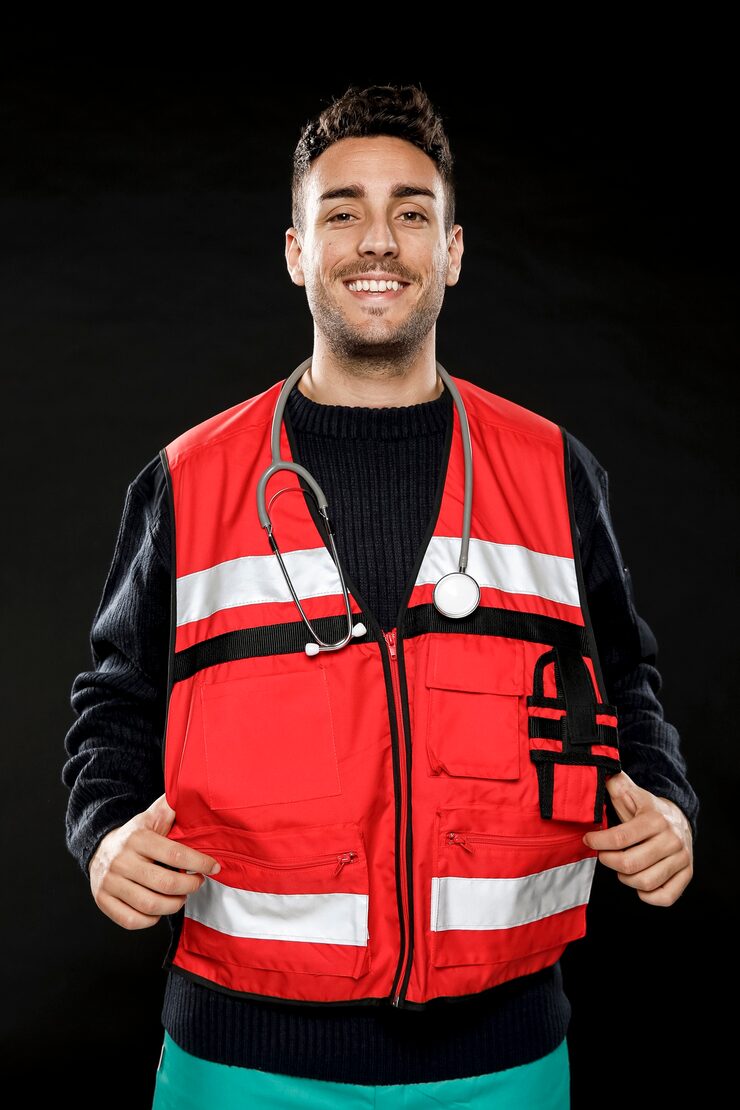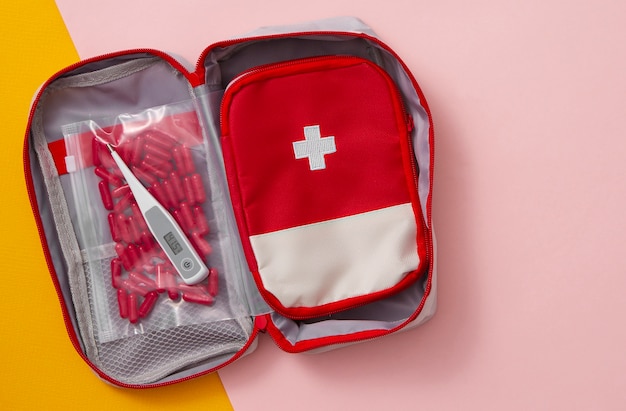The importance of first aid is widely undisputed. It is a necessity of our society that we understand and are able to apply basic first aid in case of an emergency. But what are the basics? And why is first aid so important for your workplace and your home?
Why Do I Need to Know First Aid?
Australians and First Aid
Having a basic understanding of first aid is essential, yet fewer than 5% of Australians are trained in it. According to the Red Cross, Australia has one of the lowest rates of first aid training in the world. This might be due to busy lifestyles, time constraints, or the false belief that emergencies won’t happen to them.
However, it’s important to learn basic first aid, not just for personal preparedness but also to assist others in critical situations. Emergencies can happen anywhere, anytime — and being trained means you’re ready to act.
The Importance of Learning First Aid
Here are a few reasons why acquiring important skills in administering first aid is something everyone should prioritise:
1. Accidents Can Happen to Anyone
Whether you’re at home, at work, or outdoors, accidents like cuts, falls, or burns can happen unexpectedly. Knowing how to respond with basic first aid skills makes all the difference.
2. Faster Emergency Response
Emergency services aren’t always immediate. When every second counts, important first aid skills like CPR, wound care, or burn treatment can help stabilise the situation until help arrives.
3. Valuable in the Workplace
Being able to provide first aid in the workplace not only increases safety but also boosts employability. Employers value staff who can confidently act in emergencies.
4. Builds Confidence
When you learn basic first aid, you gain the confidence to handle medical emergencies calmly and correctly. This confidence can positively affect how you respond under pressure.
Administering First Aid for Common Injuries
Knowing how to administer first aid correctly is essential. Here are some of the most important skills in administering first aid for everyday injuries:
Cuts and Grazes
Apply pressure using a sterile gauze swab. Rinse with cold water or sodium chloride solution. Use a band-aid for shallow wounds; for deep cuts or persistent bleeding, seek medical help.
Bites and Stings
Remove any stingers, clean the area, and apply an ice pack to reduce swelling. Use an anti-itch cream or spray for relief.
Burns
For minor burns, run the area under cool water for 5 minutes. Follow with an ice pack and burn cream. For severe burns, seek immediate medical attention.
Sprains
Use the R.I.C.E. method: Rest, Ice, Compression, and Elevation. Apply an elastic bandage and rest the affected area until swelling subsides.
What Should Be in a First Aid Kit?
Having the right tools supports your ability to perform basic first aid effectively. Your first aid kit should include:
- Safety Pins
- Surgical Scissors
- Plastic Strips (Band Aids)
- Antiseptic Cream
- Burn Gel Sachets
- CPR Face Shield
- Gauze Swabs
- Microporous Tape
- Triangular Bandage
- Nitrile Gloves
- Alcohol Swabs
- Sodium Chloride Ampoules
- Emergency First Aid Pamphlet
Click the image below to view our complete general-purpose first aid kit.
In Summary
It’s never too late to learn basic first aid. Developing important skills in administering first aid ensures you’re equipped to help others — and possibly save lives.
Explore our full range of first aid kits and supplies here. For more quick tips and practical info, follow us on Instagram @livingstoneinternational.




